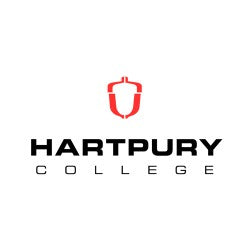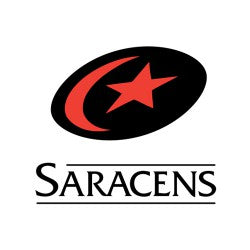1. Contrast water therapy
Contrast bath therapy involves alternating periods of submerging in very warm water and very cold water.
This change in temperature stimulates the contraction and dilation of your blood vessels and changes your heart rate.
Research Trusted Source has found that contrast bath therapy may help reduce muscle soreness post-workout. The results are limited and may only be relevant for athletes.
Shop Avantopool
2. Foam Rolling
Say hello to your new favourite recovery tool. From relieving muscle tension and soreness to increasing muscle length and improving range of motion, a foam roller is an affordable and efficient piece of recovery equipment that can be used pre-workout to help warm up or post-workout to cooldown. By taking the time to foam roll, especially after a tough workout, you can help promote the recovery process.
Research suggests that massage in general is one of the most effective methods of reducing DOMS and perceived fatigue post-workout, and a foam roller can be a great self-massage tool to assist with that. Foam rollers come in different types, most commonly in a cylinder formation made of firm compressed foam. Some varieties feature bumps or ridges on them, and newer options even vibrate which is thought to alleviate pain, allowing you to foam roll for longer and enhance recovery.
Shop Foam Rollers
3. Massage Gun
Investing in a muscle recovery tool like a massage gun is worth it, especially if you're short on time. Hypervolt are quick and effective, you need to spend no more than two minutes treating a particular muscle group with percussive therapy. The vibration helps enhance circulation and can alleviate pain, making a massage gun the perfect solution for rehabbing stiff muscles.
Shop Hypervolt
The amount of time it takes for your muscles to recover from exercise depends on your fitness levels and the difficulty of your workout.
The volume, intensity, and duration of your workout all play a role in determining how taxing it is on your body.
After a relatively light workout, your muscles may be able to recover in 24 hours, whereas a more challenging workout might take two to three days. Very intense workouts might take even longer.
4. Compression Therapy
Compression offers a non-invasive means of enhancing circulation and reducing muscle soreness through intermittent pneumatic compression. Compression Boots in particular apply sequential pressure to the lower limbs, mimic the natural muscle-pumping action of walking, facilitating the removal of metabolic waste products and promoting the delivery of oxygen-rich blood to fatigued tissues.
The result is expedited recovery, reduced inflammation, and enhanced recovery between training sessions, making Compression Boots a valuable tool for athletes seeking to optimise their performance and minimise the risk of overuse injuries (Blumkaitis et al., 2022).
For more information on Compression Therapy, Perform Better have a whole article on the technology.
Shop compression boots here.
5. Neuromuscular Stimulation (NMES)
Neuromuscular Electrical Stimulation (NMES) is a therapeutic technique that uses electrical impulses to stimulate muscle contractions. These impulses mimic the signals sent by the nervous system to muscles, causing them to contract and relax. NMES technology is widely used in physical therapy, sports medicine, and rehabilitation to enhance muscle performance, prevent muscle atrophy, and facilitate recovery from injuries (Malone et al., 2014).
There are lots of benefits of NMES Technology:
- Enhanced Muscle Strength and Endurance
- Prevention of Muscle Atrophy
- Pain Relief
- Improved Circulation
- Accelerated Recovery
Find out more about NMES here or shop Firefly.
SHOP PB RECOVERY HERE
Follow us on Facebook, Instagram or Twitter
https://performbetter.co.uk/best-at-home-massage-tools-to-relieve-aches-pains-and-knots/



































